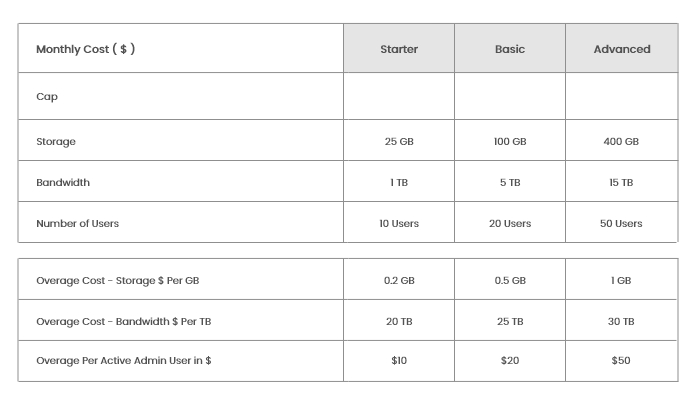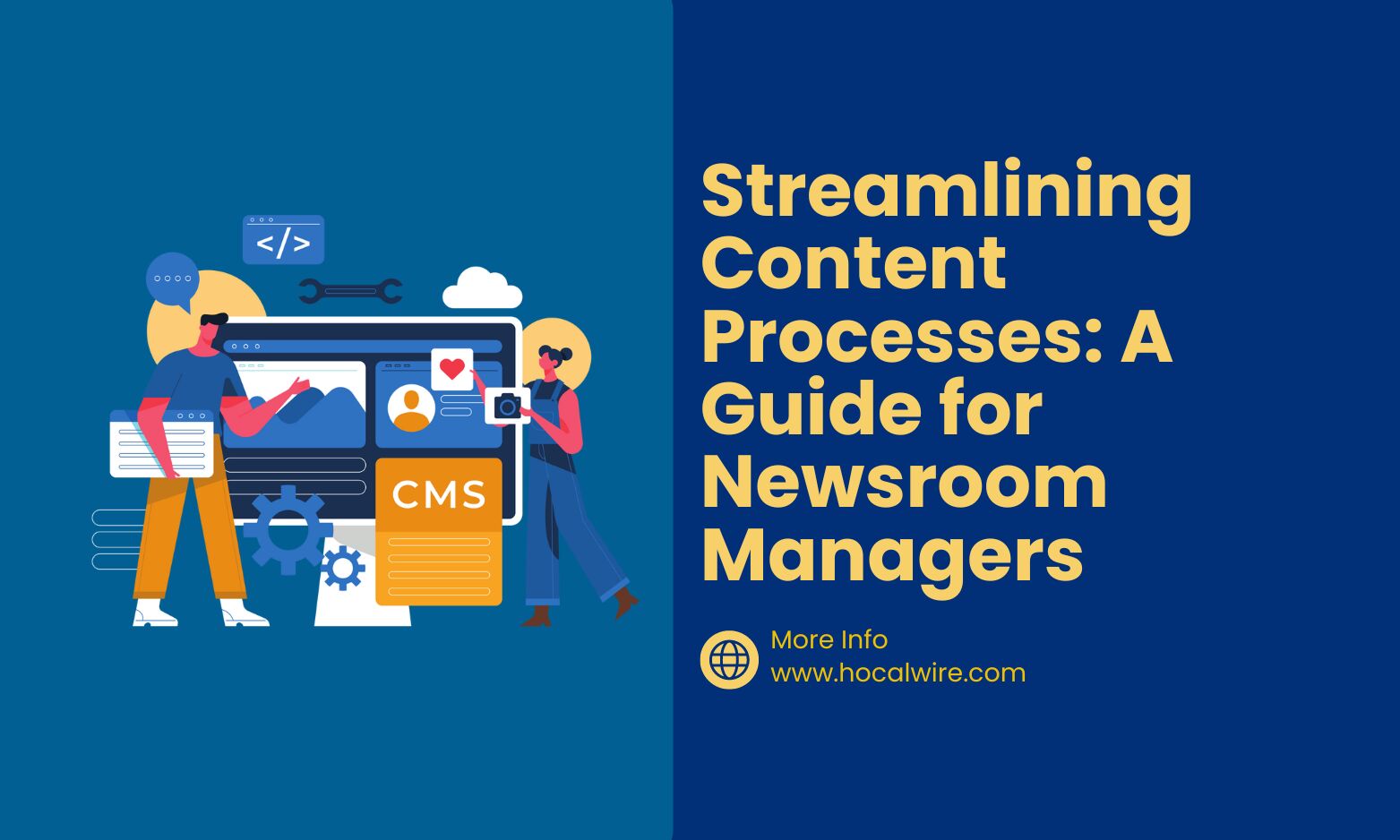



Streamlining Content Processes: A Guide for Newsroom Managers
- Discover the most recent trends and advances in digital newsroom CMS, allowing managers to streamline operations and engage audiences more effectively.
- 1) The Evolution of Digital Newsroom CMS
- 2) Current Trends in Digital Newsroom CMS
- 3) Enhancements in Digital Newsroom CMS
- 4) Strategies for Streamlining Content Processes
Newsroom managers must produce timely and compelling information for their audiences while negotiating the intricacies of content management systems (CMS). With technology and journalism always advancing, newsroom managers must successfully simplify their content operations. This guide will look at current developments and enhancements in digital newsroom CMS, providing vital insights for newsroom managers to improve their operations.
The Evolution of Digital Newsroom CMS
Digital newsroom CMS has come a long way from its inception. Initially, these systems were primarily focused on content creation and publication. However, with advancements in technology and shifting audience preferences, modern CMS platforms have evolved to offer a wide range of features designed to enhance collaboration, streamline workflows, and improve content delivery.
Current Trends in Digital Newsroom CMS
Integration of Artificial Intelligence (AI): Leading CMS platforms increasingly use AI technologies to automate a variety of functions, including content categorization, sentiment analysis, and automatic article generation. AI-powered analytics provide useful insights into audience behaviour, allowing newsroom managers to modify their content plans more efficiently.
Mobile Optimization: CMS platforms are prioritising mobile optimisation as news consumption on mobile devices increases. Responsive design, mobile-friendly editing interfaces, and seamless app integration are becoming common features, ensuring that content is available on all devices.
Collaborative Workflows: Collaboration is essential in today's newsrooms. Modern CMS platforms include capabilities such as real-time editing, comments, and work assignments, allowing journalists, editors, and content creators to collaborate seamlessly regardless of their location.
Multimedia Support: Videos, podcasts, and interactive graphics are all examples of multimedia material that can help to engage people. Newsroom CMS solutions increasingly provide robust multimedia content creation, editing, and embedding capabilities, allowing newsrooms to provide rich and immersive storytelling experiences.
Personalization and Audience Engagement: Personalized content experiences are becoming increasingly important for audience engagement. Advanced CMS platforms utilize data-driven personalization techniques to deliver relevant content recommendations, driving user engagement and loyalty.
Enhancements in Digital Newsroom CMS
Content Distribution Networks (CDNs): Integration with CDNs enables newsroom managers to deliver information to global audiences more quickly and efficiently. By caching content on servers closer to the consumer, CDNs minimise latency and improve overall speed.
SEO Optimization Tools: CMS platforms now have built-in SEO optimisation tools, allowing newsroom managers to optimise content for search engines and increase discoverability. Features including keyword research, metadata optimisation, and automatic sitemap production improve the exposure of news items online.
Social Media Integration: Seamless integration with social media platforms allows newsrooms to amplify their reach and engagement. CMS platforms enable automated sharing of content across social networks, as well as providing analytics to track the performance of social media campaigns.
Content Monetization Features: Monetizing content is essential for sustaining newsroom operations. Modern CMS platforms offer various monetization options, including paywalls, subscriptions, and targeted advertising, empowering newsroom managers to generate revenue while delivering quality journalism.
Strategies for Streamlining Content Processes
Define Clear Workflows: Streamlining operations requires the establishment of explicit protocols for content production, editing, and publication. Define roles and responsibilities, set deadlines, and use CMS collaboration capabilities to guarantee that team members work together seamlessly.
Utilize Automation: Use the CMS's automation tools to expedite repetitive operations like content categorization, scheduling, and distribution. Automating regular operations allows journalists and editors to devote more time to producing high-quality content.
Invest in Training and Support: Provide comprehensive training and ongoing support to your team to ensure they fully utilize the features and capabilities of the CMS. Encourage continuous learning and exploration of new tools and functionalities to stay ahead of the curve.
Monitor Performance Metrics: Regularly monitor key performance metrics such as page views, engagement rates, and conversion metrics to evaluate the effectiveness of your content strategy. Use analytics insights to iterate and optimize your approach for maximum impact.
Stay Agile and Adaptive: The digital landscape is always changing, making it critical for newsroom managers to remain agile and adaptable. Stay current on changing trends, technology, and best practices in digital journalism, and be willing to change your approach accordingly.
Conclusion
Finally, simplifying content processes in the newsroom necessitates the use of cutting-edge technologies, the implementation of best practices, and the cultivation of a collaborative and innovative culture. In today's quickly changing media world, newsroom managers may optimise their workflows, increase audience engagement, and provide compelling content by adopting the newest trends and innovations in digital newsroom CMS.
To learn how Hocalwire may assist in transforming your current codebase into a beautiful mobile experience, Schedule a Demo right away.

